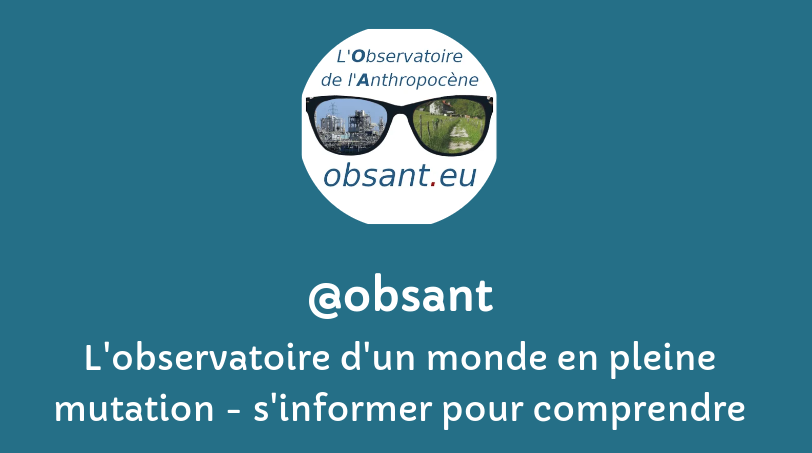– Outil de recherche de références documentaires –
Uniquement les Articles
Les champs auteur(e)s & mots-clés sont cliquables. Pour revenir à la page, utilisez le bouton refresh ci-dessous.
filtre:
Gavi
Alors que la maire de Los Angeles décrétait un couvre-feu après plusieurs jours de manifestation contre la politique migratoire fédérale, le responsable démocrate s’est adressé à ses administrés sur un ton d’homme d’Etat.
Selon un document présenté au Congrès américain et qu'a consulté le journal, les autorités américaines envisagent une série de nouvelles mesures d'économie, dont la fin de tout financement à l'Alliance du vaccin (Gavi). Cette organisation internationale qui allie partenaires privés et publics joue un rôle crucial dans l'accès à la vaccination dans les pays en développement.
Le 20 mai 2024, l'Antarctique a observé la séparation de l'iceberg A-83, mesurant 380 km2, de la plate-forme de glace de Brunt. Les satellites Copernicus Sentinel-1 de l'ESA et Landsat 8 de la NASA ont joué un rôle crucial dans l'observation de cet événement, fournissant des images radar et des données thermiques. Cet événement souligne l'importance de la surveillance satellitaire pour comprendre l'impact du changement climatique sur les calottes glaciaires.
The European Commission has received an open letter signed by 110 academics, businesses, civil society organisations and research institutions urging the EU to separate emissions reductions, land-based sequestration and permanent carbon removals in the EU’s post-2030 climate framework. This separation should be at the heart of both the setting and the implementation of the 2040 target and associated plans.
Throughout Earth's history, CO2 is thought to have exerted a fundamental control on environmental change. Here we review and revise CO2 reconstructions from boron isotopes in carbonates and carbon isotopes in organic matter over the Cenozoic—the past 66 million years. We find close coupling between CO2 and climate throughout the Cenozoic, with peak CO2 levels of ∼1,500 ppm in the Eocene greenhouse, decreasing to ∼500 ppm in the Miocene, and falling further into the ice age world of the Plio–Pleistocene. Around two-thirds of Cenozoic CO2 drawdown is explained by an increase in the ratio of ocean alkalinity to dissolved inorganic carbon, likely linked to a change in the balance of weathering to outgassing, with the remaining one-third due to changing ocean temperature and major ion composition. Earth system climate sensitivity is explored and may vary between different time intervals. The Cenozoic CO2 record highlights the truly geological scale of anthropogenic CO2 change: Current CO2 levels were last seen ar
![]()


